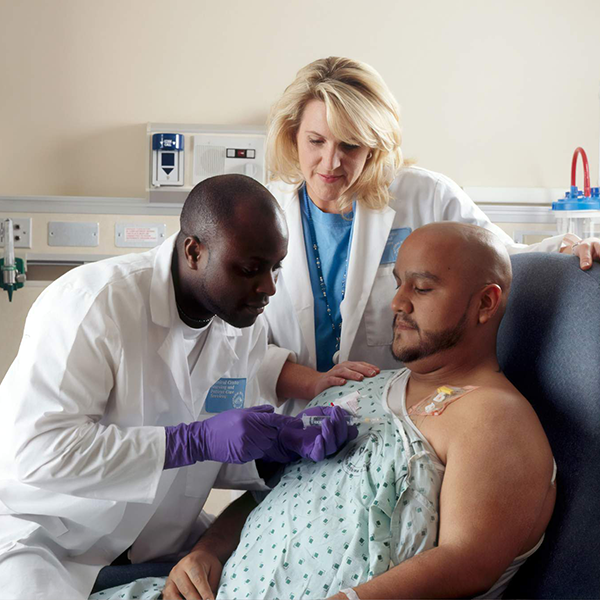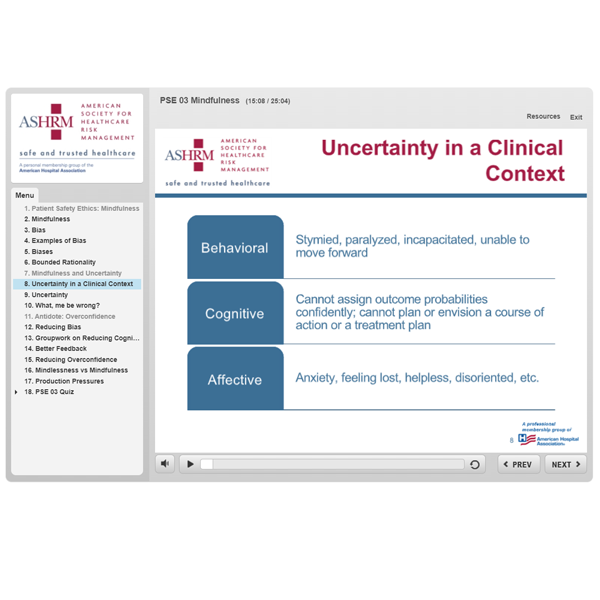Patient Safety Ethics
Member: $99.00
CE Credit: 1.5
Domain: Legal & Regulatory and Health Care Operations
Level: Practitioner
This course will describe and discuss four principles as ethically foundational to the practice and realization of patient safety.
This seminar will address ethical issues in risk management from a conceptually basic set of premises. Rather than discuss codes of ethics or familiar ethical constructs such as autonomy, nonmaleficence, beneficence, and justice, this seminar will stress the importance of a different quartet of constructs or virtues that hold not just for risk managers but for all health professional involved in maintaining patient safety. The four principles described are vigilance, mindfulness, compliance, and humility.
Objectives:
By the end of this course you will be able to:
Explain in at least two ways how the "Swiss Cheese Model of Disaster" altered patient safety thinking.
Discuss the ethical significance of preventable versus unpreventable harm.
Characterize vigilance, mindfulness, compliance, and humility.
Presenter:
John Dennis Banja, PhD
Questions? Contact ASHRM@aha.org



